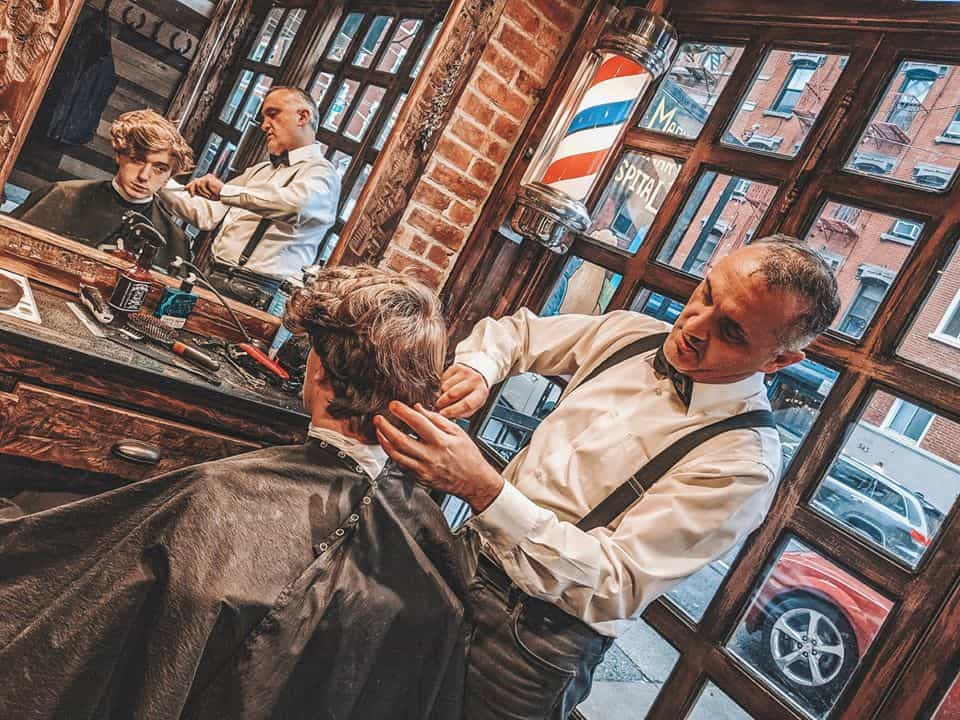Securing Customer Wellbeing Through Effective Safety and Protection Regulations within the Grooming Industry
Securing Customer Wellbeing Through Effective Safety and Protection Regulations within the Grooming Industry
Blog Article
This hair grooming industry holds a significant role in personal care and self-care. However, it is essential to prioritize the health and security of both customers and stylists in this setting. Robust sanitation and protection regulations are crucial for maintaining hygiene protocols, preventing incidents, and ensuring a favorable interaction for all parties engaged. By adhering to these regulations, professionals can create a safe space that fosters trust and comfort among patrons.
A single critical aspect of well-being and hygiene in barbering is cleanliness. Barbers must comply with strict hygiene practices, including frequent disinfecting of equipment and workstations. This involves disinfecting scissors, trimmers, and brushes after every use to eliminate the risk of spreading germs or contamination. Moreover, professionals should use clean capes and towels for each client to maintain a hygienic setting. Implementing these practices not only protects clients but also enhances the credibility of the grooming business.
An additional important regulation focuses on the proper handling of chemicals used in hair treatments. Items such as coloring agents, chemical straighteners, and other styling agents can pose hazards if not managed correctly. Stylists must follow safety protocols for the containment and use of these chemicals to avoid skin irritations or sensitivities among customers. Using protective gear and providing sufficient airflow during treatments are crucial measures that professionals should implement to ensure client safety while delivering quality services.
Accident prevention is also a vital component of health and safety requirements in grooming. Barbershops should be designed with safety in mind, minimizing hazards such as slippery floors or cluttered workspaces. Staff should next be trained in response protocols, including how to handle lacerations or burns that may occur during service. Supplying first aid kits and ensuring that all staff members know their locations is an excellent way to anticipate unexpected events. By prioritizing safety measures, barbers can maintain an atmosphere where patrons feel safe and well-attended.
Lastly, clear interaction see page is key to ensuring customer safety in the grooming profession. Stylists should engage with patrons about their needs and any possible risks linked to the services offered. This involves reviewing sensitivities to chemicals or prior negative experiences reported by clients. By encouraging open dialogue, barbers can build rapport with their customers while ensuring that they get customized care tailored to their individual requirements. Ultimately, upholding wellness and protection standards will result in enhanced client satisfaction and a successful haircare practice.